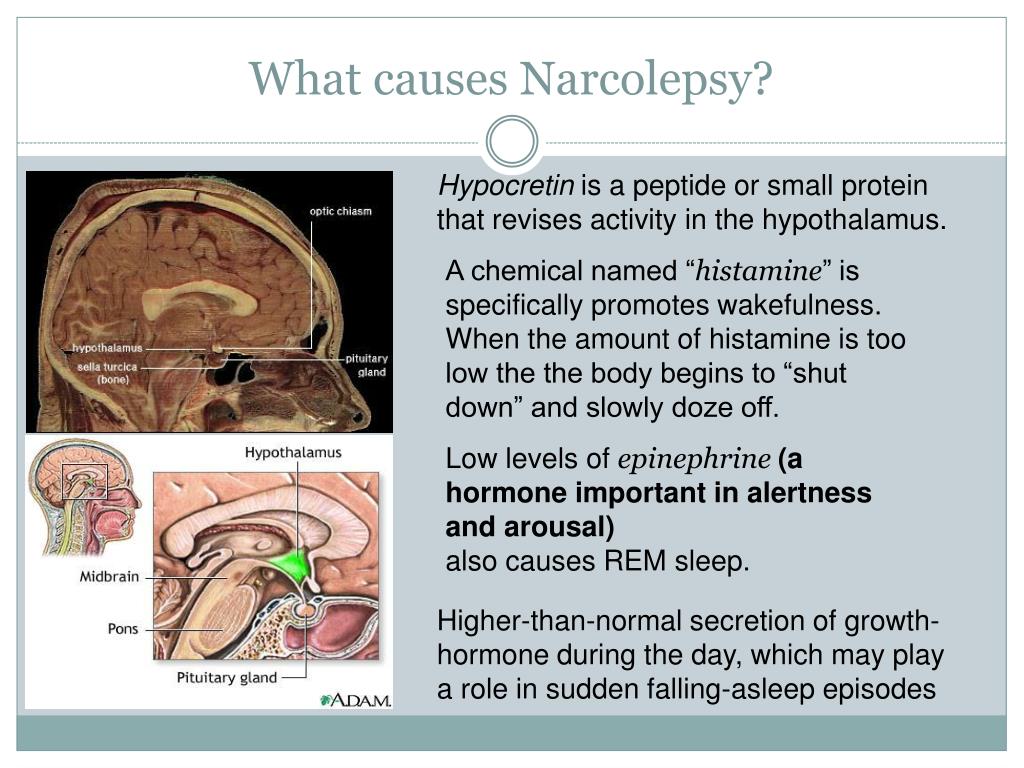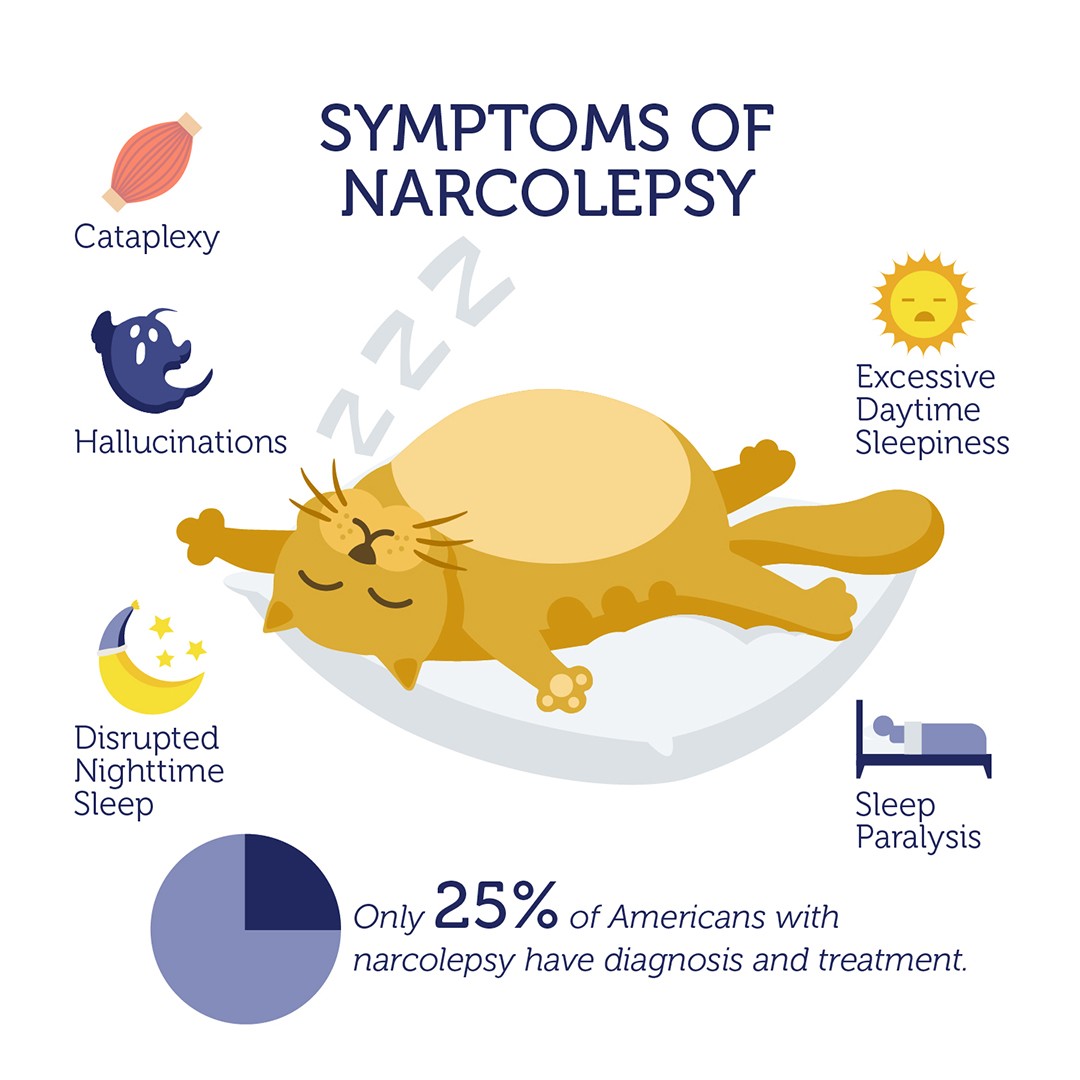
Frequency varies, from several attacks per day to less than one per year.Hearing, awareness and consciousness are intact.Slurred speech and visual symptoms such as blurred vision or diplopia may be experienced.

In severe attacks, all voluntary muscles except the diaphragm may be affected. Severity can vary - eg, from a barely susceptible slackening of the facial muscles, dropping of the jaw or the entire head, to weakness at the knees or collapse on to the floor.

Cataplexy is pathognomonic for narcolepsy and is present in around 70% of narcolepsy patients. Cataplexy attacks can last just a few seconds or many minutes. The emotional stimulus may be, for example, laughter, pleasure, anger or excitement. Ĭataplexy is defined as a sudden loss of voluntary muscle tone, with preserved consciousness, triggered by emotion. Autonomic symptoms have been reported in narcoleptic patients and include pupillary abnormalities, fainting spells, erectile dysfunction, night sweats, gastric problems, low body temperature, systemic hypotension, dry mouth, heart palpitations, headache and extremities dysthermia.EDS symptoms can severely disrupt daily life.
#CATAPLEXY NARCOLEPSY FULL#
Automatism occurs in many narcolepsy patients - when affected by severe sleepiness, they may have episodes in which they appear to be awake but lack full awareness and may behave inappropriately at such times.Excessive fatigue is a common complaint and is described by those affected as being a different symptom to sleepiness.They may nap during normal activities such as eating and talking.Patients with narcolepsy have persistent sleepiness, which may be irresistible.EDS and cataplexy are the key diagnostic symptoms. However, many patients do not have all these features. There is a tetrad of classic narcolepsy symptoms: excessive daytime sleepiness (EDS), cataplexy, hypnagogic hallucinations and sleep paralysis. Cataplexy, sleep paralysis and hypnagogic hallucinations may be due to REM sleep intruding into wakefulness. Dysregulation of rapid eye movement (REM) sleep may be part of the mechanism people with narcolepsy may enter REM sleep more quickly than those without narcolepsy.Patients with narcolepsy usually have a total sleep time similar to that of non-narcoleptic patients but their sleep is fragmented, with night-time sleep loss and daytime naps.Analysis of the cases has found that genetic predisposition to narcolepsy explains some of the variability noted in different countries although the mechanism is not completely understood.

This was linked to two pandemic 2009-10 H1N1 influenza vaccines.



 0 kommentar(er)
0 kommentar(er)
